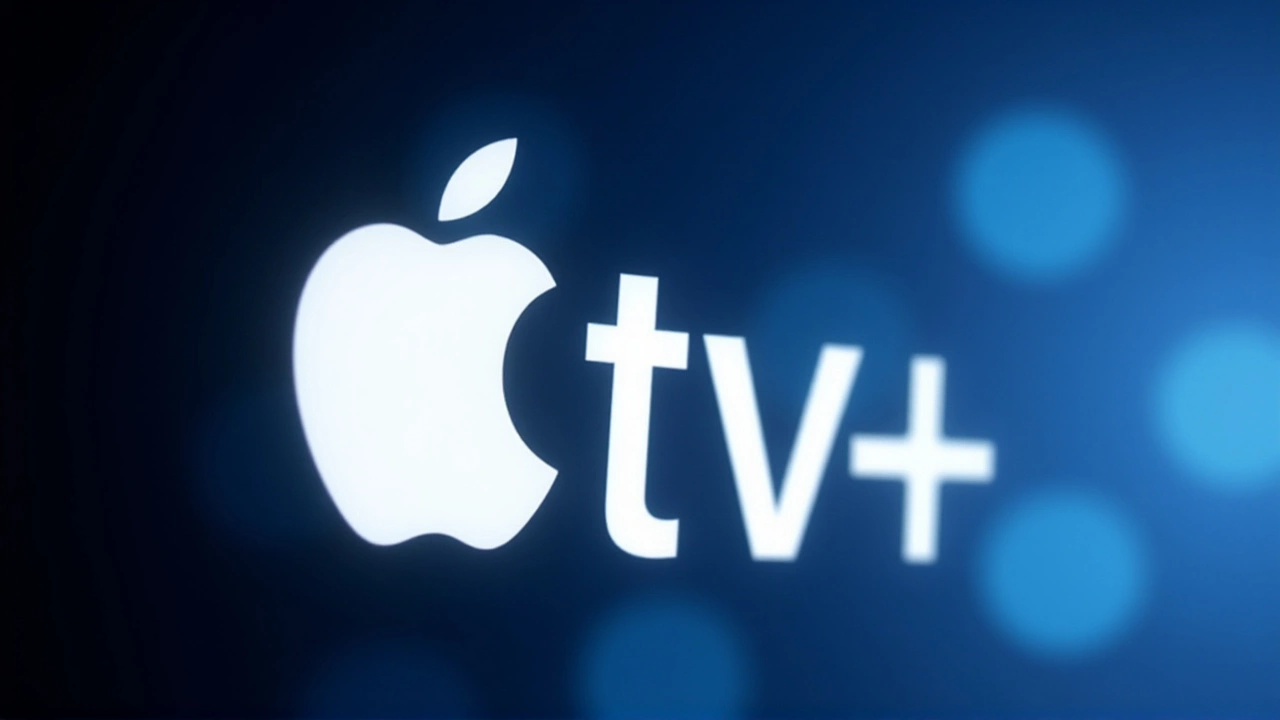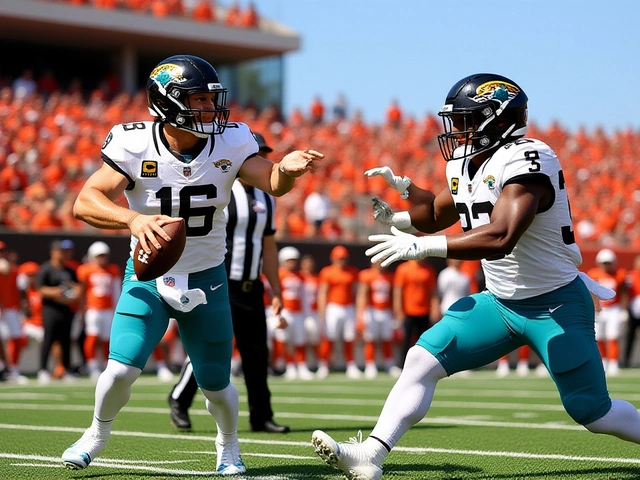On November 7, 2025, millions of Apple TV users across the United States woke up to a frustrating reality: their streaming service was gone. For hours, the screen displayed the dreaded "problem loading this content" error—no Netflix, no YouTube, not even the Apple TV app itself. By 2:22 PM UTC, the service was back online, according to Sunrise Geek, but not before leaving users frustrated, confused, and questioning the reliability of their home entertainment systems.
What Went Wrong?
The outage wasn’t subtle. It hit hard and fast. Users reported being locked out of apps, unable to launch content, and in some cases, even losing access to live TV channels delivered through their cable boxes. United States was the epicenter, with reports flooding in from coast to coast. Downdetector.com recorded over 12,000 user-reported incidents by midday, peaking between 9 AM and 1 PM Eastern Time. The pattern was unmistakable: Apple TV’s backend servers had gone dark.
One user, @TravelsByVicki, took to Twitter to vent: "Is anyone else having issues accessing 3rd party apps like YouTube, AppleTV, etc thru TV? It's been an issue for most of the day & no one thru Xfinitys DMs has helped!!! And now we are no longer able to access reg channels. CAN SOMEONE PLEASE DO SOMETHING TO HELP!" Her post wasn’t an outlier. It was a symptom. Many who accessed Apple TV through Xfinity cable systems found their entire TV interface glitching—not just Apple TV, but other apps too. Some even lost access to basic cable channels. That’s when it became clear: this wasn’t just a streaming app hiccup. It was a cascading system failure.
The Ripple Effect
Apple TV isn’t just a standalone box. It’s woven into the fabric of modern home entertainment. For many, it’s the central hub—connecting to HomePod speakers, syncing with iPhones, and serving as the gateway to everything from Hulu to HBO Max. When it went down, so did the ecosystem.
Then there were the recurring issues. @mckrueg didn’t just report a one-time outage—they described a pattern: "Every week or two, my Apple TV, and my two HomePods get kicked from the network. Permanently. When I say permanently, I mean that they are effectively bricked until they are hard reset." This wasn’t about a server glitch. This was about a deeper, systemic flaw in how Apple’s devices maintain network authentication. If the outage was a one-day fire, these reports were the smoldering embers that had been burning for months.
Even developers weren’t spared. @antique_codes tweeted at 3:00 AM that they’d spent hours debugging streaming issues tied to OpenAL—a cross-platform audio API—and OBS/Twitch integrations on Apple TV. "It’s 3am and I’m going to sleep," they wrote. The fact that a developer was wrestling with this at 3 AM underscores how deeply the outage penetrated the tech community’s workflow.
Why Apple TV? Why Now?
Apple’s streaming infrastructure has grown rapidly since launching Apple TV+ in 2019. Today, it supports over 150 million active users globally. But its backend is still largely built on legacy systems inherited from iTunes and early iOS media services. Unlike Netflix or Disney+, which operate on highly distributed, cloud-native architectures, Apple leans on a hybrid model—part on-premise, part cloud. That complexity creates blind spots.
And it’s not the first time. In 2022, Apple TV suffered a 90-minute outage during the premiere of "Severance." In 2023, a firmware update broke AirPlay on 12% of devices. These aren’t random glitches. They’re structural. Apple prioritizes design elegance over operational redundancy. That’s fine for consumers until it isn’t.
Interestingly, Sunrise Geek mentioned Disney+ in their report—though without context. Was Disney+ unaffected? Were users migrating? Was Apple’s outage driving traffic elsewhere? Those questions remain unanswered. But if Disney+ saw a spike in usage that day, it’s no surprise.
What’s Next?
Apple hasn’t issued a public statement. No apology. No explanation. That’s par for the course. But silence speaks volumes. The company’s internal teams are likely scrambling to patch the vulnerability that caused the outage—whether it was a DNS misconfiguration, a certificate expiration, or a faulty load balancer. What’s certain is this: if Apple doesn’t overhaul its media infrastructure soon, outages like this won’t be brief. They’ll become routine.
For now, users are back online. But trust? That’s harder to restore.
Frequently Asked Questions
Why did Apple TV go down for so many people at once?
The outage was likely caused by a failure in Apple’s centralized media authentication servers, which handle login requests, content licensing, and app launches for millions of devices simultaneously. When one core server went offline, the system couldn’t reroute traffic efficiently—unlike Netflix, which uses distributed CDNs. This single-point vulnerability affected users regardless of their ISP or device model.
Could this have affected my other Apple devices?
Yes. Users reported HomePods losing network connectivity alongside Apple TVs, suggesting a shared authentication system failure. Devices relying on iCloud Media Library or AirPlay also experienced intermittent disruptions. The issue wasn’t isolated to the Apple TV app—it was a backend problem affecting multiple Apple services that depend on the same infrastructure.
Why didn’t Apple notify users about the outage?
Apple rarely issues public outage alerts unless it’s a major security breach or global service failure. In this case, they likely assumed users would rely on third-party tools like Downdetector. This lack of transparency fuels frustration. Competitors like Amazon and Google send email or in-app notifications during service interruptions—Apple doesn’t, even when millions are affected.
Is this outage related to the recurring network issues some users report?
Possibly. The widespread outage may have exposed a deeper flaw in how Apple devices maintain persistent network sessions. Users like @mckrueg who experience weekly "bricking" of Apple TVs and HomePods may be hitting the same underlying bug—a failed re-authentication handshake that the system can’t recover from without a hard reset. The November 7 event could have been a large-scale version of that same bug.
Should I switch to another streaming platform?
If you rely heavily on Apple TV for daily streaming, the answer might be yes—especially if you’ve experienced repeated connectivity issues. Services like Roku or Amazon Fire Stick offer more resilient, decentralized architectures. Apple’s ecosystem is elegant, but its media services still feel like an afterthought compared to its hardware. For reliability, you might be better off with a platform built for streaming, not just a device that does it.
How long did the outage last?
Based on user reports and Downdetector data, the outage began around 12:30 AM Eastern Time on November 7, 2025, and was fully restored by 2:22 PM UTC (9:22 AM Eastern). That’s roughly 14 hours of disruption—far longer than Apple’s "brief" description suggests. The term "brief" may have been internal PR language, not an accurate reflection of user experience.






